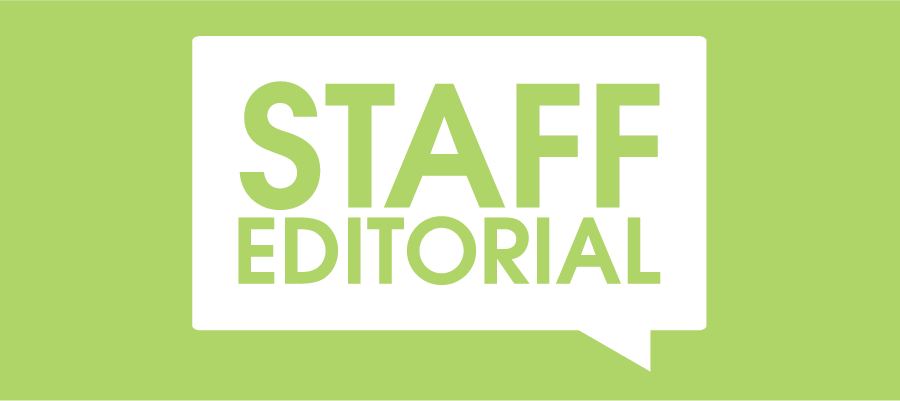Coral Gables isn’t the typical college town.
Nestled in the quiet, secluded roads away from the bustle of South Miami are impressive tile-roofed McMansions, prestigious private schools, and plenty of Soulcycles and juice bars. At the heart of the city is our university: Lake Osceola, where all the men are strong, all the women are good-looking and all the students drive Porsches.
Or so the stereotype goes.
Last April, the editorial board discussed UM’s financial accessibility after a scathing New America think tank report revealed that UM was one of the worst schools for lower-income students to attend. As the school begins its first year under a new president committed to diversity, we revisit the importance of having a financially diverse student body.
We talked about intellectual diversity in the last installment of this series and how it might be achieved through the new professorships that will be created by the 100 Talents initiative, the school’s plan to create 100 new endowed chairs by UM’s centennial.
However, on the other end of the equation, what can we do to also make sure that we also attract more talented students?
In a press conference last month with The Miami Hurricane, President Julio Frenk said that his goal was to make UM a “magnet for talent.”
“The 100 Talents [initiative] is to bring the talented faculty; the 100 percent of financial need is to bring the talented students,” Frenk said. “If you are up to the challenges of being a successful student at the this university, then financial constraints should not keep you out.”
In his inaugural speech, Frenk listed meeting 100 percent of demonstrated financial need as one of his goals before the university’s centennial in 2025. And in the past few years, UM has made significant increases to the amount of students who have demonstrated need met. As of this year’s entering class, around 90 percent of demonstrated need was met; last year, 99.3 percent was met. Compare this to the students who entered back in 2014-15, when only 75 percent of need was met.
In fact, U.S. News and World Report ranks UM as the No. 10 school on their list of colleges with students that graduate with the least debt. To put that into perspective, Florida International University falls at No. 9.
However, to truly make UM a viable option for students of all socioeconomic circumstances, the financial aid process must be as efficient and user-friendly as possible, and the continued growth of our endowment will be crucial.
The Office of Financial Assistance (OFAS) has been juggling a difficult workload this summer. There was a bottleneck in financial aid processing due to delayed documents, and students have reported notification problems, troubles reaching OFAS and last-minute changes to their financial aid. It would be very challenging for a student to see a UM education as accessible if he or she is waiting for most of the summer to find out whether they can afford the semester’s bill.
The growth of the school’s endowment also provides a more secure, reliable source of scholarships and financial aid. Enormous endowments are, either fortunately or unfortunately, how great schools become and stay great. The top Ivies have incomparable endowments. While short-term fixes can patch up current problems with financial aid, enlarging our endowment through donations will set the university up for long-term success. Donna Shalala’s legacy at UM is the immense success of her two Momentum fundraising campaigns. That President Frenk was also a successful fundraiser while at Harvard’s T.H. Chan School of Public Health suggests he is more than capable of enlarging the endowment and therefore making a UM education more affordable for prospective students.
In terms of enhancing our living-learning community, recruiting more students from different financial backgrounds will only strengthen the student body. Just as intellectual diversity will provoke students to consider different ways of thinking, financial diversity on campus will make students more aware of and sensitive to differences in lifestyle and experiences.
As the student body’s wealth profile changes, students will learn to better accommodate differences among their peers. That might include little adjustments, such as not assuming everyone has money to go out to eat or call an Uber, or lightly using terms like “broke” or “poor.” On the flip side, students should feel comfortable drawing financial boundaries rather than spending based on others’ expectations.
Our campus is relatively cushioned by privilege and money, but this does not resemble the world outside the university, the one that many of our students come from and that many students have to learn to live in after graduation. The wealth gap in this country is drastic; by creating a more financially-diverse campus, we can move toward setting a more balanced national example.
Editorials represent the majority view of The Miami Hurricane editorial board. Today’s editorial is the second in a three-part series on diversity. The third installment will be published Oct. 13.






